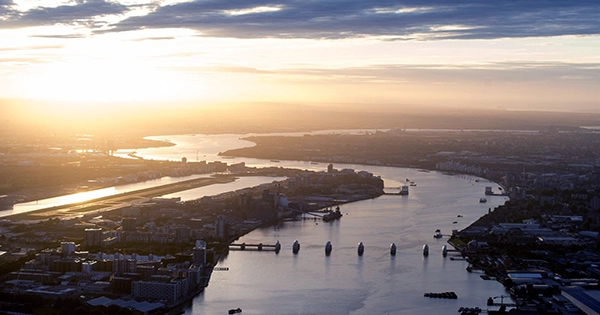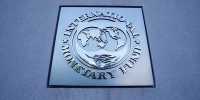More than a quarter of the areas surveyed had potentially hazardous levels of pharmaceutical pollution, according to a comprehensive assessment of the cleanliness of the world’s rivers. The study authors discovered dangerously high quantities of at least one component at 25.7 percent of sampling sites after evaluating samples from 258 different rivers in 104 nations.
The researchers explain how they set out to undertake the first truly worldwide study into pharmaceutical pollution, testing for 61 different medical toxins on all seven continents, in the Proceedings of the National Academy of Sciences. The crew collected data from 36 countries that had never been reviewed before, traveling to some of the world’s most isolated locations.
53 of the 61 medicines investigated were found at at least one sampling site, with four of them found on all continents, including Antarctica. Carbamazepine, which is used to treat epilepsy and nerve pain, was the most often found substance on a global scale, with 62 percent of sample sites containing it. Caffeine and metformin, a diabetes medicine, were also found in more than half of the water samples.
In a statement, research author Dr. John Wilkinson said, “We’ve known for over two decades now that medications make their way into the aquatic environment where they may alter the biology of live animals.” “However, one of the most significant challenges we’ve faced in addressing this issue is that we haven’t been very representative in our monitoring of these contaminants, with practically all of the data focusing on a small number of regions in North America, Western Europe, and China.”
“Our understanding of the global dispersion of medicines in the aquatic environment has been greatly expanded as a result of our investigation.” This single study has data from more countries throughout the world than the entire scientific community was previously aware of: 36 additional countries in total, compared to only 75 previously studied.”
The study, which was carried out as part of the Global Monitoring of Pharmaceuticals Project, found that contamination is more prevalent in low-income countries and is largely caused by poor wastewater and waste management infrastructure, improper pharmaceutical manufacturing procedures, and the dumping of septic tank contents into rivers.
Sub-Saharan Africa, southern Asia, and South America had the highest quantities of pollutants, whereas Oceania had the lowest levels of pharmaceutical pollution. Three sampling sites in a remote section of Venezuela were likewise fully clear, making Iceland the only country where none of the 61 chemicals were detected. The water at this place is clean since the residents do not use industrial medications. It is located in an area inhabited by the indigenous Yanomami tribe.
Lahore, Pakistan, has the highest average concentration of pollutants, followed by La Paz, Bolivia, and Addis Ababa, Ethiopia. La Paz also has the most polluted sampling site, with a stretch of the Rio Seke holding 115 times the amount of pharmaceutical contaminants as the East River in New York. The presence of drugs in major rivers, as the researchers point out, can affect the biology of aquatic creatures and human populations.
Antimicrobials at high doses can increase the global antibiotic resistance dilemma. As a result, the discovery that a sampling location in Bangladesh contained more than 300 times the allowable dose of an antibiotic medicine called metronidazole is quite alarming. When taken together, the data is unmistakably depressing, but the study’s authors are optimistic that their efforts to raise awareness of the problem will now lead to a coordinated global effort to minimize pharmaceutical contamination in the world’s rivers.















